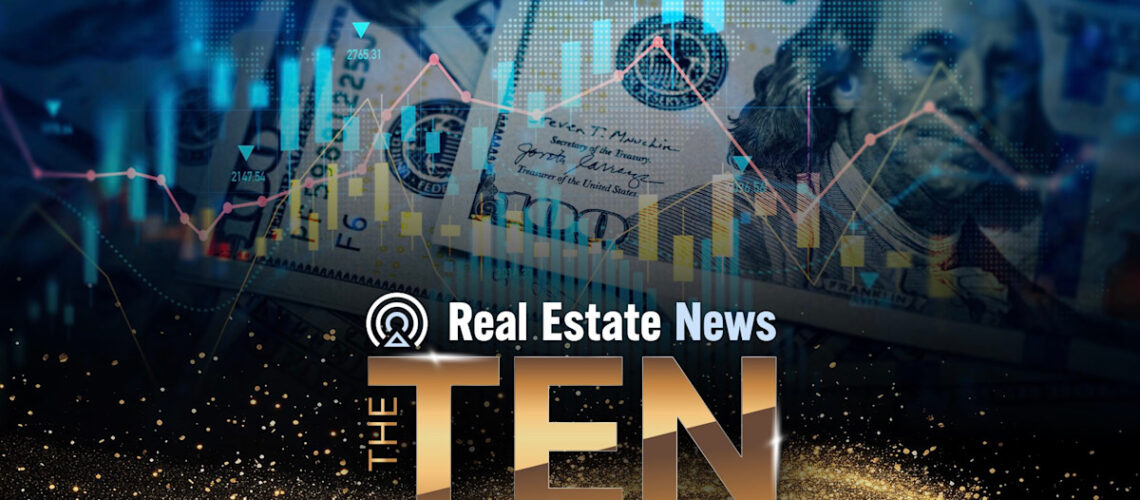How mortgage rate head fakes foiled a real estate recovery
December 31, 2024

- Mortgage and refinance rates today, December 30, 2024: Rates remain elevated
- Tech innovation and mortgage in 2025
- What the December Fed Meeting Means for Mortgage Rates in 2025
- Freddie Mac Extends 12-Month Mortgage Relief to Los Angeles Wildfire Victims
- Today’s Mortgage Rates by State – Dec. 17, 2024
2024 was supposed to be the year that home sales bounced back, but rates, inflation (and buyers) had other plans.
Bạn đang xem: How mortgage rate head fakes foiled a real estate recovery
Mortgage rates were no friend of the real estate industry in 2024, alternately raising — then dashing — hopes of a rebound. Buyers watched and waited, but rates never stayed low enough for long enough for sales to take off. Despite a late-year rally, home sales remain near recession-era levels — but things could turn around in the new year.
All signs pointed up
The abrupt slowdown following the frenetic pandemic market hit the industry like a painful (and extended) hangover.
But at the beginning of the year, it looked like the hangover might be easing. The Federal Reserve was making good progress toward taming inflation, and 30-year mortgages had stabilized at around 6.6% after peaking near 8% a couple of months earlier.
Xem thêm : HUD No. 25-013 | HUD.gov / U.S. Department of Housing and Urban Development (HUD)
There was optimism in the air as existing home sales rose in January and increased even more in February, reaching an annualized rate of 4.4 million. Some real estate economists had predicted that mortgage rates could fall to 6% ahead of the spring homebuying season, keeping the momentum going.
Instead, rates went the other way, rising to 7.2% in early May. By June, existing home sales fell to 3.9 million, confirming what many agents already knew: The spring season was a bust.
The highs and lows of autumn
September brought renewed hope for an off-season turnaround as mortgage rates fell to 6.08% — the lowest level of the year. But the mood shifted as rates then climbed steadily over the next two months, reaching 6.84% in late November — then falling in early December — before rising past 6.8% again.
Perhaps sensing that elevated rates were here to stay, or maybe because the uncertainty of the presidential election had passed, some buyers jumped into the market late in the year, pushing the annualized rate of sales above 4.1 million in November. While an improvement from October, the market has been stuck around that level for about two years — well below the 5-6 million range typical of the previous decade.
So, what happened?
In some ways, 2024’s unexpectedly high rates should have been expected. After all, the same thing occurred a year earlier, when forecasters predicted that mortgage rates would fall throughout the year, and nearly every economist missed the mark.
While mortgage rates often follow the direction of short-term rates, which are set by the Federal Reserve, that wasn’t the case this year. Rather than declining after three rates cuts in 2024, mortgage rates continued to rise, a sign, noted Bright MLS Chief Economist Lisa Sturtevant, that the relationship between mortgage rates and the federal funds rate has become less clear.
Xem thêm : Mortgage Rates Today Are Up 27 Basis Points: January 10, 2025
Other factors may be having an outsized influence on mortgage rates, Sturtevant said, including a strong job market, sticky inflation and mortgage demand.
The bond market’s response to economic and political conditions — in particular, concerns about deficit spending and inflation stemming from Trump administration proposals — is also having an effect, said Selma Hepp, chief economist at CoreLogic.
Positive signs, but a still-uncertain outlook
Consumers appear to be accepting the elevated state of mortgage rates, and “buyers and sellers are gradually returning,” said Mark Fleming, chief economist at First American.
Existing, new and pending home sales were all up year-over-year in November, and pending sales data released on Dec. 30 showed a 6.9% increase compared to a year ago, when rates were above 7%. All of those indicators suggest that the market is turning around — but that was also the story a year ago, so it’s too soon to know if this recent rise in sales reflects a blip or a trend.
On the one hand, “growing pent-up demand in the market will likely be unleashed during the first quarter of 2025 as rates begin to fall and inventory increases,” said Sturtevant.
But, she cautioned, that’s not a sure thing: “Economic uncertainty does put at risk a strong first quarter housing market. If inflation continues to rise, or if the labor market softens, optimism for a rebounding 2025 housing market could be short-lived.”
Nguồn: https://modusoperandi.my
Danh mục: News

